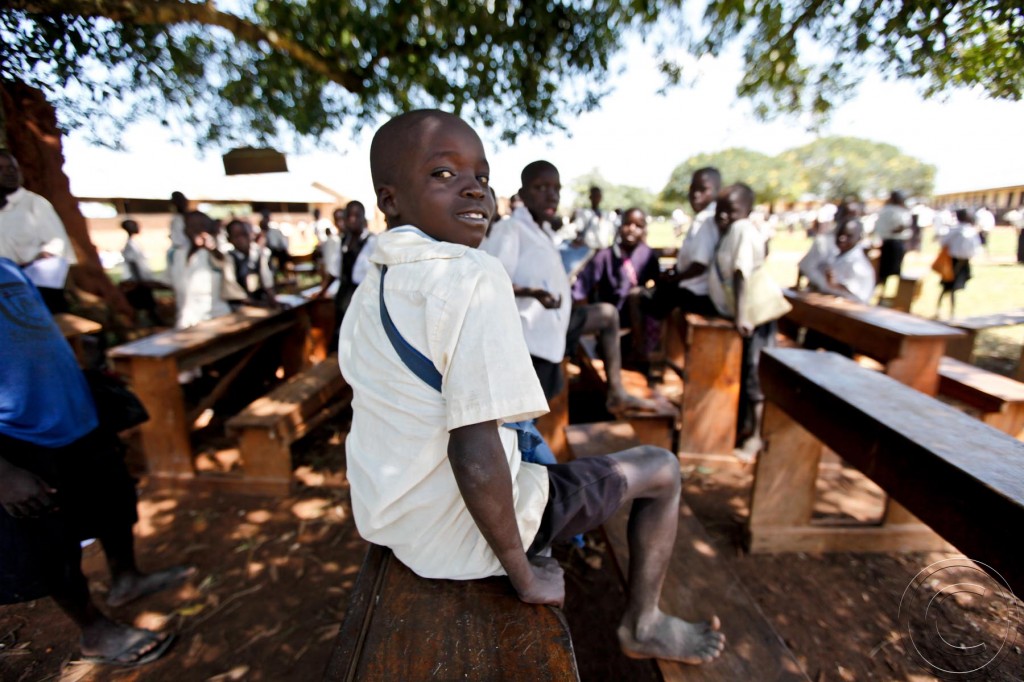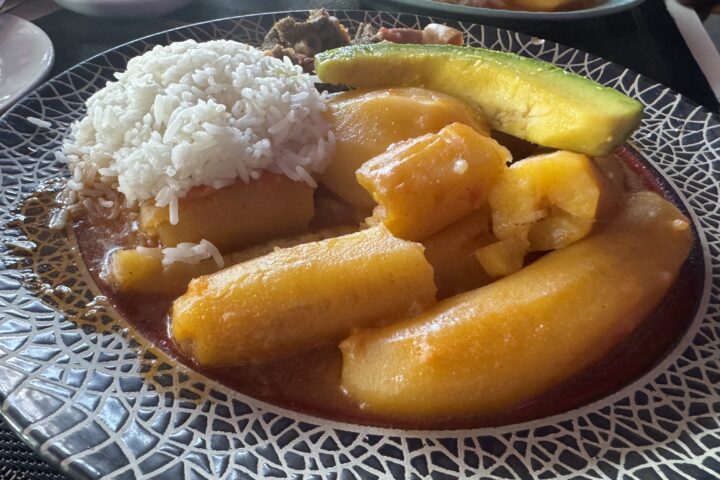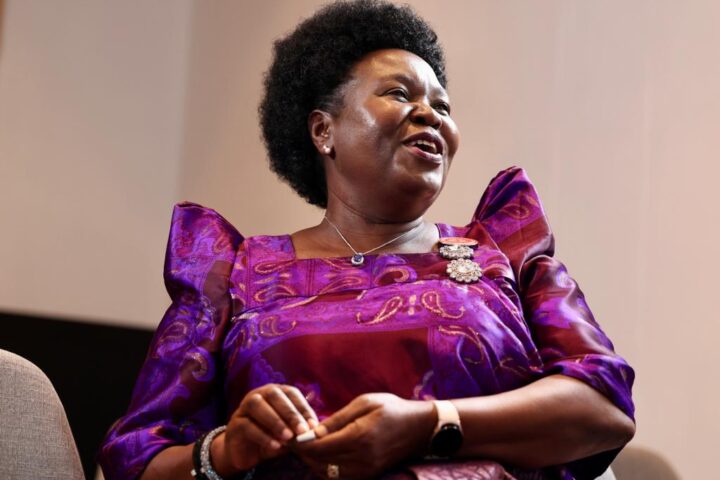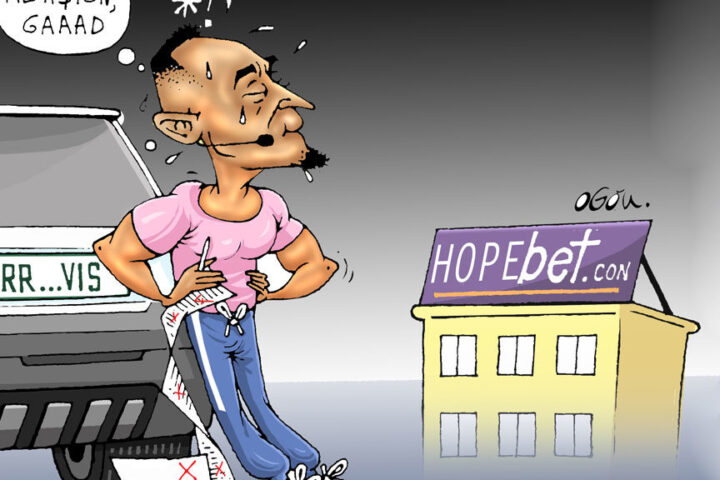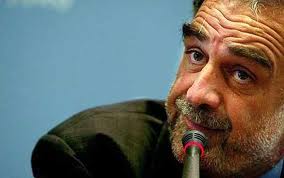“O Nigrizia o morte!”—”Either Africa, or death” Daniel Comboni “Now that you have come and seen for yourselves that I am not a monster with a tail and huge eyes, you have confirmed that I am a human being” Joseph KonyAugust 2006
“He [Kony] is the clearest example of something that we all as humans can agree on is wrong and needs to be stopped” Jason Russell
Life in many villages and towns in Northern Uganda and West Nile is centered around a catholic church. Sundays were therefore especially colorful. If during the weekdays children filing past in colorful uniforms, barefoot, would fill the roads, Sunday was pumped with even more colors. I loved my purple nylon shirt when I first got it as a pupil of Moyo Town Council Primary School just overlooking the Moyo Catholic Mission. Sadly they wear so quickly and during the dry season can feel like modeling aluminum foil. On such hot days children with their nylon or pure polyester tops would congregate under mango trees. There are many mango trees in Moyo.
Just next to Moyo Catholic Church are the quarters for priests. Near them were couple of projects the mission runs, a small health clinic, at one point the only maize mill in the town, a mission for nuns filled on all sides with flower trees and Moyo Boys and Girls ( the primary school attached to the church).
Since the instability of the late 70’s and the brutal sacking of West Nile by rival armies displacing Idi Amin’s establishment, the church in Moyo cared for a large number of orphans. They were called locally as the Aganaboys. Many Agana boys were also “rescued” from the refugee camps in the Southern Sudan where large dioceses like that in Torit run even bigger programs. Such was the vast influence of the Catholic Church in these parts as bedrock of community life.
I just bought the biography of Daniel Comboni who was beatified in 1996- well after I had left Moyo for the city and a year after the Uganda constitution of 1995 had been promulgated. Mainly due to the Comboni missionaries was Northern Uganda, Southern Sudan and beyond Christianized. I would like to say evangelized because Daniel Comboni, the rebel leader Joseph Kony (a former northern alter boy himself ) and Jason Russell, the now famous film maker share the same unshakeable zeal. Comboni and Mr. Russell have a lot more in common.
After his ordination the future pioneer Bishop for Central Africa visited Khartoum. There he was struck by the terrible effects of the slave trade and the conditions it imposed on the tribes along the Nile. It is his love for the “invisible children” that were sheltered at Khartoum’s Mazza Institute.
Its interesting to read Fr. Comboni’s intellectual response to these horrors contained in a policy paper “ The Plan for the Regeneration of Africa” ( 1871). It was a rejection of the status quo which he said had failed to deliver Africa from the evils of the day, its poverty, lack of faith and its violence. So seized was Comboni that he started the first major mobilization of public opinion to change the way the church “intervened” in Africa. Before Facebook, Twitter, handheld tablets or phones, he launched a magazine, to aid his message.
He also hit the road in Europe.
In an era when European powers had begun the first scramble for Africa’s resources- bringing together Christian opinion was as difficult if not more difficult than trying to get policy makers today to care about Joseph Kony- let alone a comprehensive solution to Central Africa’s unending conflicts. Another scramble for resources is underway in this era of #Kony2012. Daniel Comboni died in my birthday in 1881 (10th October).
Years later fundamentalism of competing sorts was raging along the Nile. As a former alter boy turned war criminal Joseph Kony has been made “famous”by conservative film makers struck by the misery that war had brought on children and their parents. The scene is Gulu where the first Comboni mission was established and generally in the north and West Nile were they spread and where the war wrought its most havoc. It is needless to add that the simplicity of the message of Kony2012 will not cover the history of this place even where the history is relevant to bringing the horrors along the Nile into a proper context and to a close. Even today missionaries – if I can include Mr. Russell amongst them, work in a complex political environment. It is even more unclear how the killing of Mr. Kony will improve things. One of the long term distortions that #Kony2012 will do along with decades a history on how evangelism has shaped the discourse on governance and politics in these parts is in its mobilization of bias in specific terms. The killing of Kony is a simple clear goal but it excludes a lot more.
Joseph Kony’s murderous zeal ironically is equally based on a simplistic vision- to purify Acholi and Uganda by a return to the biblical 10 Commandments. In so doing he has made alliances with Muslims in Khartoum and killed, burnt and raped his way across four countries-keeping his mad faith in his goal. Its amazing how many who should know better are stuck with this simplicity- becoming many Kony’s and Russells in the process.
I soon found St. Daniel Comboni on FaceBook and “liked” his status. He would no doubt have had an opinion on this film.
Photo of children at school in Northern Uganda by Edward Echwalu
http://echwaluphotography.wordpress.com/

